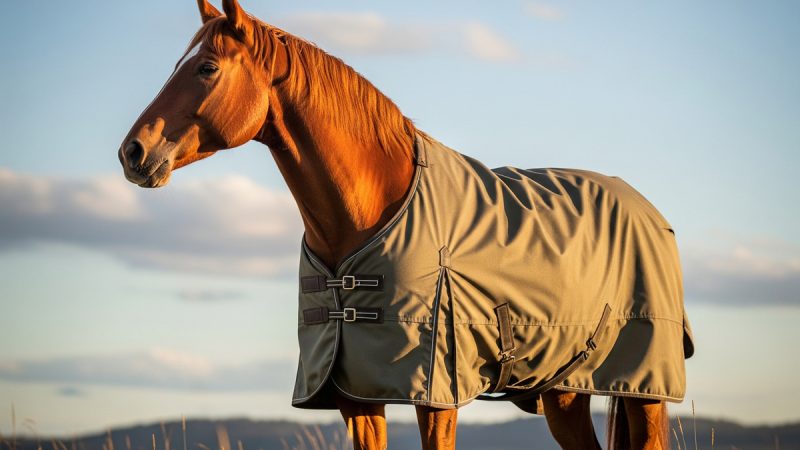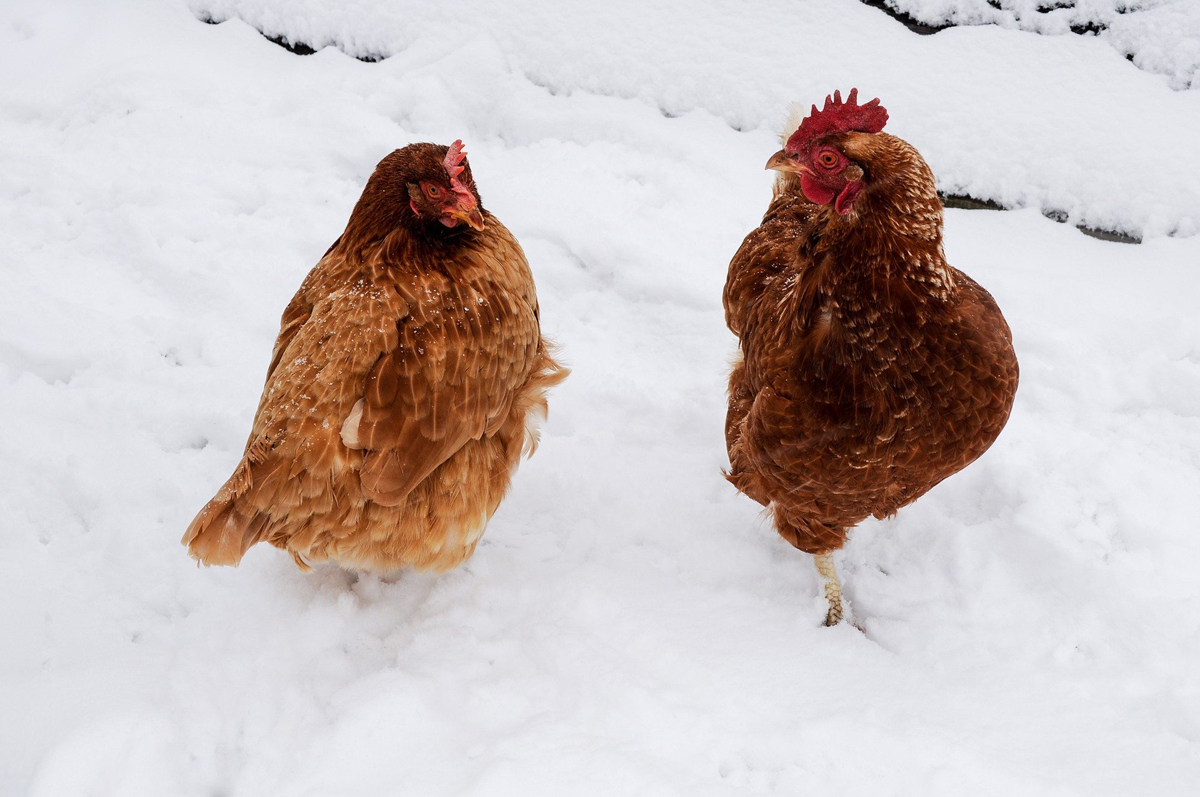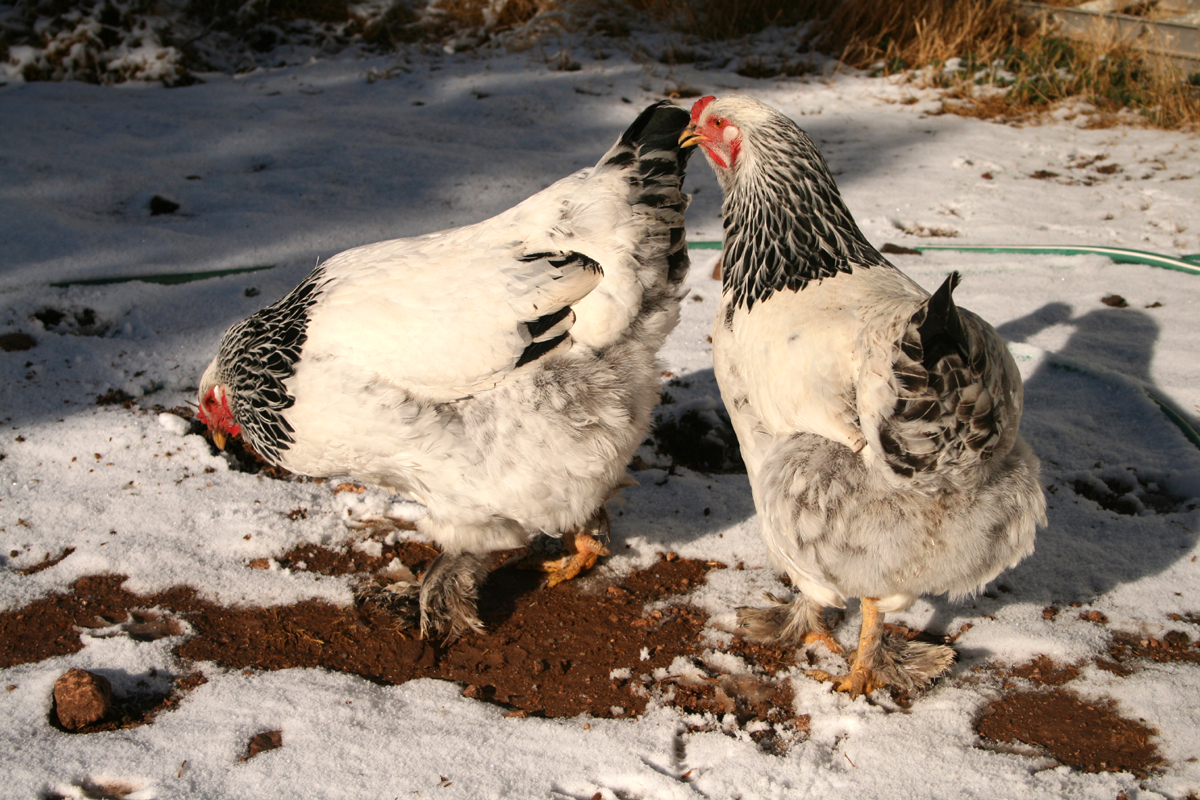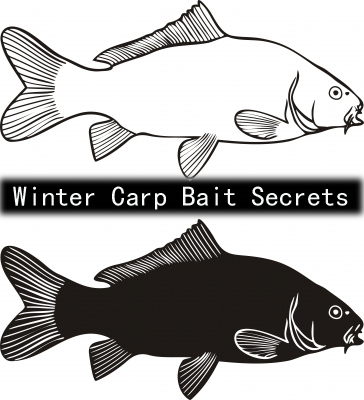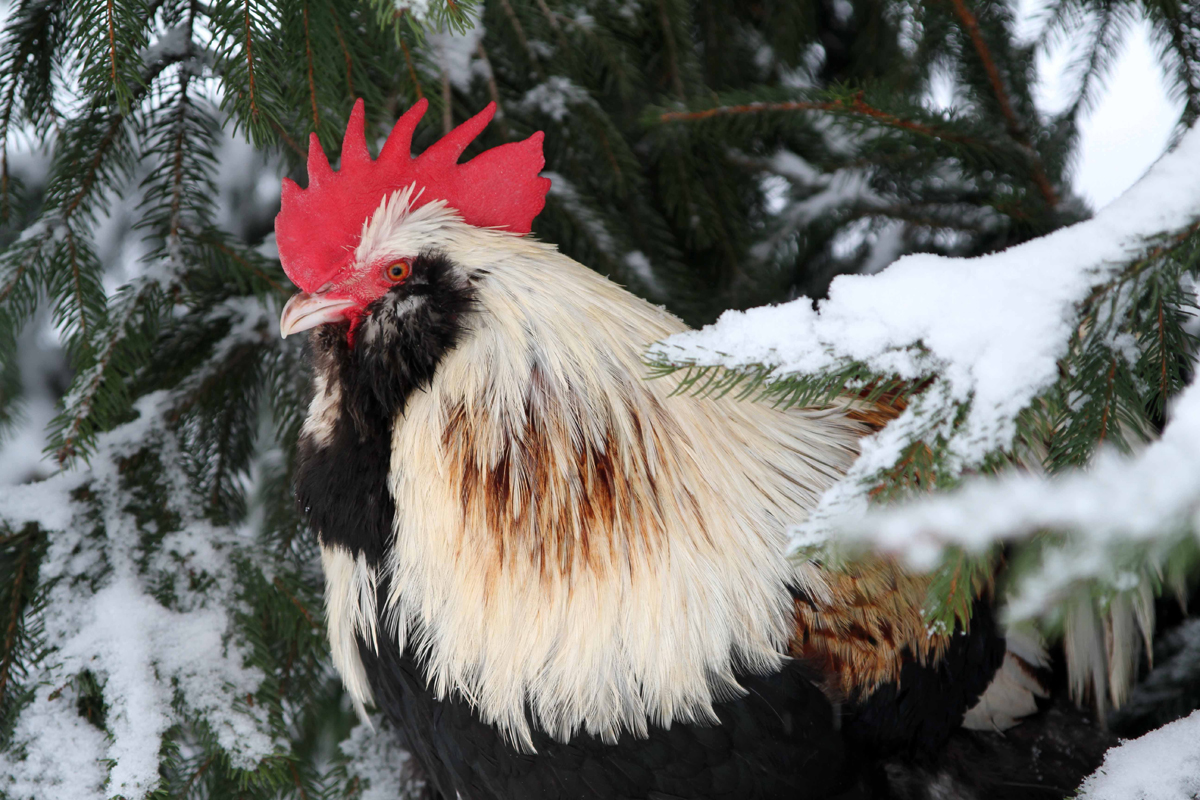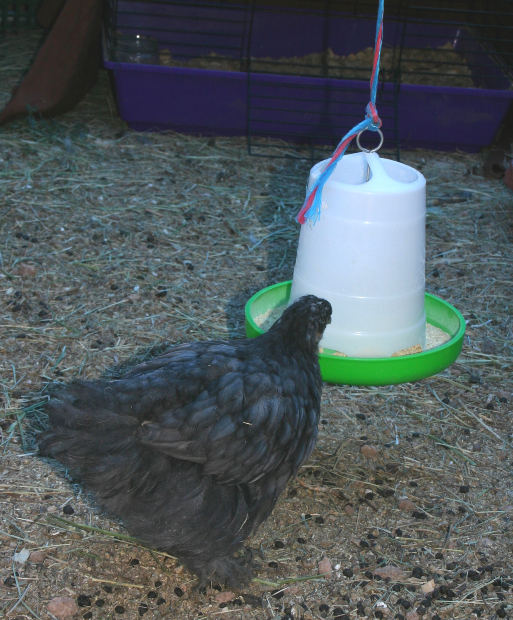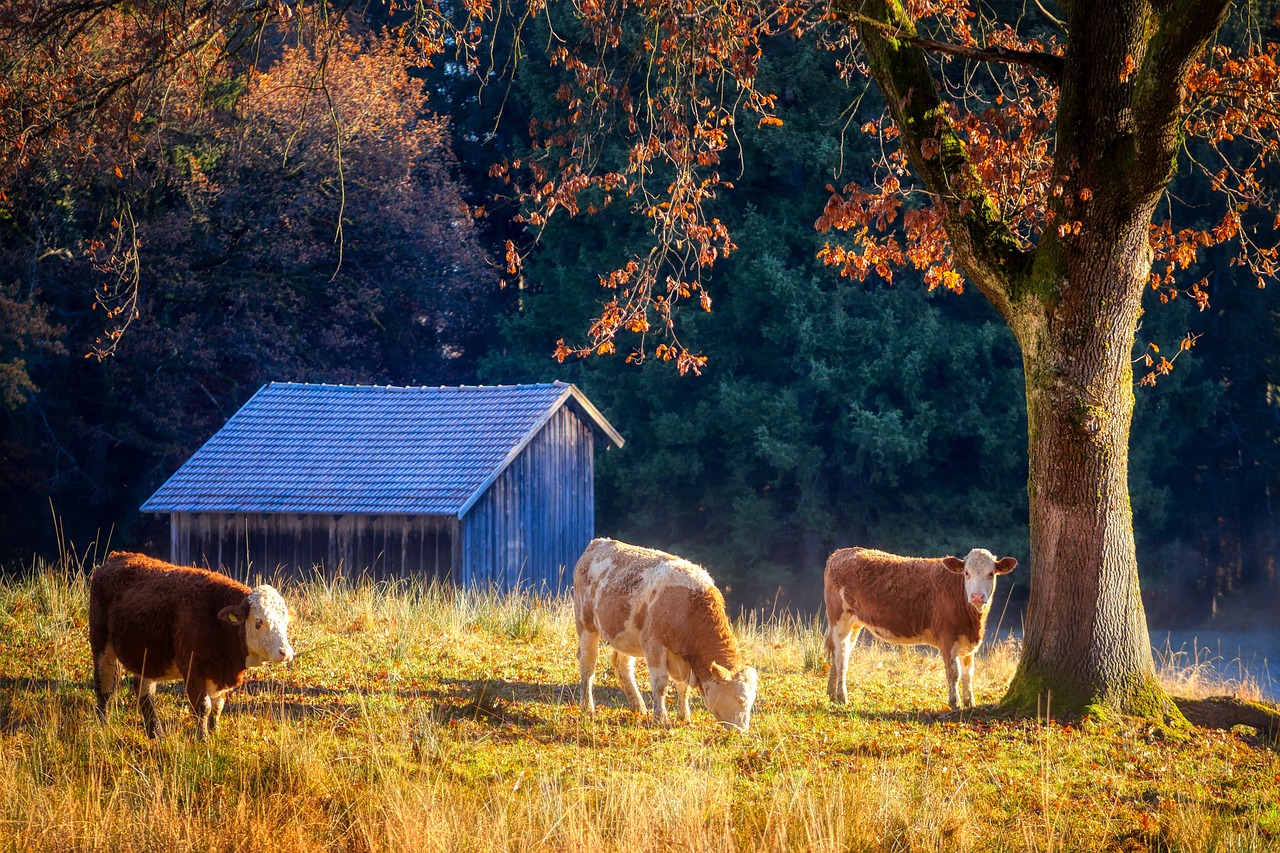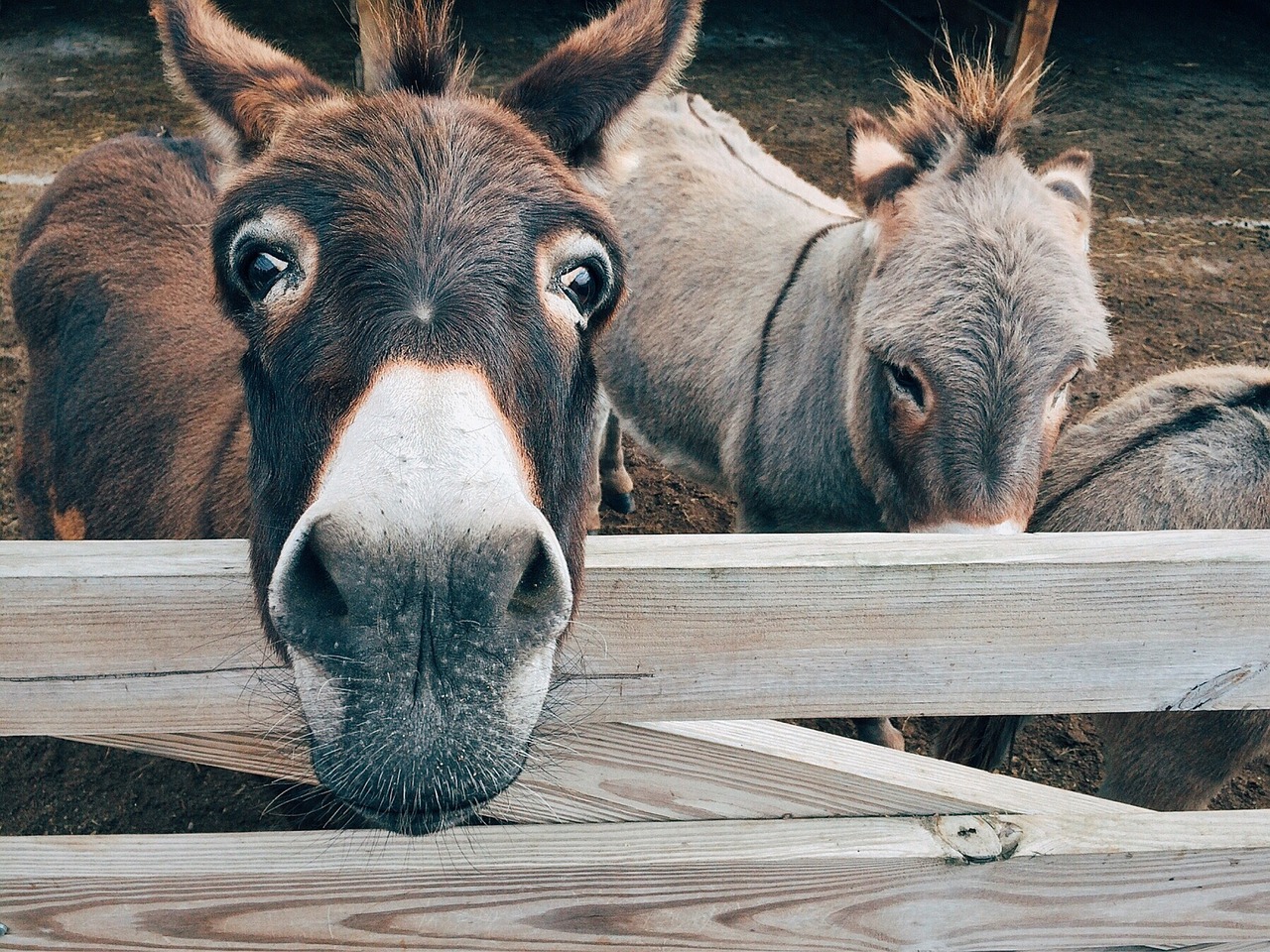How to Attract and Keep Bluebirds in Your Yard and Gardens Year Around
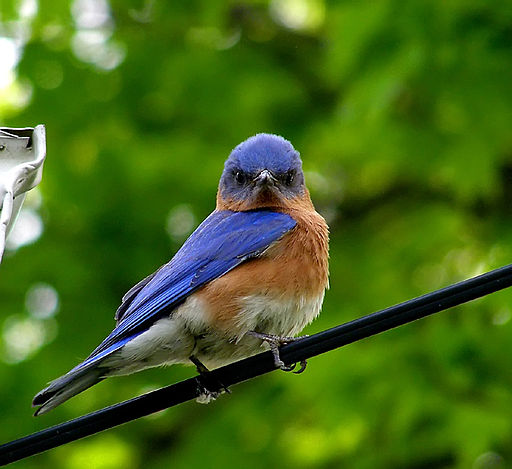
Many of us in the United States enjoy feeding and watching the different types of bird that are attracted to our yards and bird feeders. Many of us even try to attract different type of bird life. If there is a particular bird that you want to feed and house in your yard and garden, you can research what you need to do to attract them and to keep them coming back year after year.
Bluebirds, for an example, have a gentle nature, vibrate coloring, a unique sweet song, and add to that their insect-controlling eating habits makes a great backyard tenant. If you want to attract them to your backyard there are a few facts you should know.
There are three different bluebirds that live in North America, the eastern bluebird, the western bluebird and the mountain bluebird. All three are small thrushes, songbirds and a fact that is not well known, they are all related to the American robin. Even though all three types of bluebirds are migratory many of them will stay located in the same backyards year around.
All three bluebird species have stunning colors of rich blue bodies and a rusty or pale underpart, they have a beautiful warbling song which makes them a desirable backyard tenants, but one of the best reasons is their insectivorous diets. They will readily east a large amount of insects.
The key to attracting any bird to your backyard is to meet their specialized needs for food, water, shelter, and nesting sites.
We will start with the types of food that are best to attract the bluebird. The bluebirds will consume a wide variety of insects, particularly during nesting season when hatchlings need a large amount of protein for proper growth. You will need to avoid the use of insecticides to give these birds a healthy food source. You can also add a supply of mealworms to your platform feeders. Bluebirds also eat a variety of berries, such as sumac, holly and elderberry. If you have any of these bushes in your landscaping, it will help to make your backyard a bluebird-friendly landscape. You can also offer suet as crumbles or shreds particularly the fruit blends or with insects.
With your food types already, we will move on the water needs. All birds require fresh water for drinking and bathing. The bluebird likes a low basin with approximately 1 to 2 inches of water. If you use moving water, such as a fountain or bubbler it will attract attention faster. Be sure that your birdbath is large enough to accommodate bluebird family flocks that could have a dozen bird trying to drink at once. In the winter areas of bluebirds’ range you need a heated bird bath. I have found that a large heated dog watering bowl works well and will be less expensive if you are just starting out trying to attract bird to your back yard.
We will move forward to the sheltering needs for the bluebirds. The bluebird will typically prefer mature trees that are widely spaced. They are less likely to live in a backyard with a dense area of foliage. A few mature trees and low ground cover surrounding open grassy lawns will give the birds a sense of security. Berry producing shrubs are really great because they not only provide a good food source but serves as shelter also. In the winter months you will need to be sure that the bluebird had a roosting box or birdhouse to protect it from the storms and winter temperatures. These roosting boxes can also serve a nesting sites. The bluebird birdhouse needs to be large enough for the bluebirds but small enough to deter house sparrows and European starlings. The house needs to be made of wood with an entrance hole of 1.5″ and no perch. Even though some house sparrows and European starlings will still be able to access through a 1.5″ entrance hole, you can restrict the dimensions of the inside floor to decrease the chance of other birds try to nest there. The inside floor dimensions should be 4″ x 4″ to make a cozy nesting area for the all three types of bluebirds the height can vary from 8″ to 12″ high. Be sure to have drain holes. You can also staple or tack a small 1″ square piece of screen with approximately ¼” spaces in it for the birds to use as a type of step to get out of the nest area.
Hang the birdhouse 5 to 6 feet off the ground. For best results it should be located in an open area and not a wooded area, although a few nearby trees are okay. Many bluebird landlords believe the house should be within 50′ of a tree with the opening facing the tree. This gives the babies leaving the nest a place to fly to and land on their first flight attempts. This will keep them from falling to the ground. The bluebirds need to have nest spacing of at least 100 yards from each other because they are competitive with each other. You will also need to place other types of birdhouse at lease 10-25 feet apart to allow the bluebirds and swallow or other family’s to live in close proximity of each other.
After you have finished the steps to meet the basic needs of the bluebirds, it can take time to attract them to your yard. For the best success you need to be prepared for bluebirds year around from early spring to late fall to attract the migrating birds. Provide low perches (3 to 4 foot) such as picket fencing or old fence posts. This makes a great place for the bluebird to forage from.
The last thing you will need to have is patience. Once a bluebird is aware of your efforts to provide for their needs they will be loyal tenants for many years.
The Author:
Fran E Kestner — I was fortunate enough to meet an Amish family that lives not far from our home. It was love at first sight. That is why I started my website to honor and sell authenic Amish products, I guess you could say the rest is history. We travel from their home in Bremen, Ohio to Holmes County, which is the largest Amish Community in Ohio to visit her side of the family and then off to Kenton to visit his side of the family.
Source: EzineArticles.com

